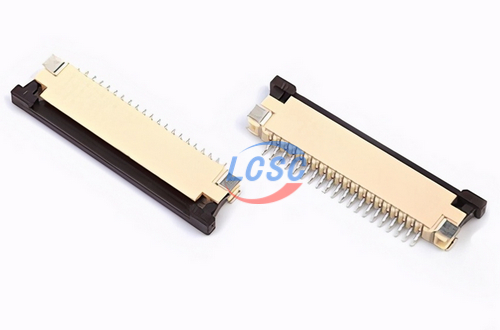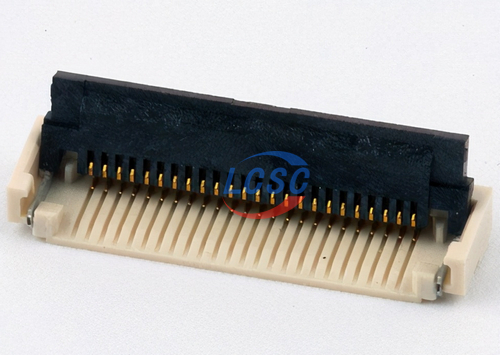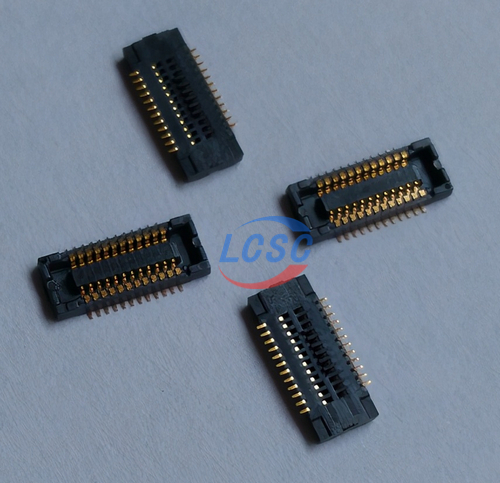Connectors are ubiquitous in our daily lives. Some professionals use connectors every day in factory production. However, not everyone may be familiar with FFC connector and FPC connector. In this article, LCSC supplier Ckmtw will provide an overview of these two types of connectors, highlighting their differences and common variations.
Connector forms and structures are ever-changing. Connectors take various forms depending on the application object, frequency, power and application environment. An FFC connector is a flexible flat cable connector. It is a new type of data cable made of PET insulation material and ultra-thin tin-plated flat copper wire. And it pressed through a high-tech automated equipment production line. The material is pliable, and you can bend and fold it to fit your needs. It is thin, small, and has a simple connection, making it easy to disassemble. Additionally, it provides effective electromagnetic shielding (EMI).

FPC connector products connect printed circuit boards (PCBs) and flexible printed circuit boards (FPCs) to provide mechanical and electrical connections. Today’s FPC connectors find applications in electronic equipment such as LCD and LED liquid crystal displays, scanners, digital cameras, game consoles, tablets, laptops, and car theaters. FPC connector products also serve in audio, digital machines, cameras, car audio, televisions, typewriters, calculators, cash registers, telephones, CD-ROMs, VCDs, DVDs, copiers, printers, wireless instruments and other equipment.
Main Difference Between FFC Connector and FPC Connector
The FFC connector is a flexible flat cable connector, and the FPC connector is a flexible printed circuit. In terms of the manufacturing of their two connectors, their circuit formation methods are different:
- FFC uses an upper and lower layer of insulating foil film with a flat copper foil sandwiched between them. The finished product is relatively simple and thick.
- FPC uses chemical etching to process FCCL (flexible copper-clad foil) to obtain single-sided, double-sided, and multi-layer flexible circuit boards with different circuit patterns.
In terms of price, naturally, FFC connectors are much cheaper. More companies will like to use FFC connector-related designs if considering production costs.

7 Common Types of FFC Connectors
- Type A: Connect Both ends and paste the reinforcing plate on the insulating tape;
- Type B: Directly paste the reinforcing plates on the insulating tape;
- Type C: Directly paste the reinforcing plates on the conductor at both ends;
- Type D: The reinforcing plates at both ends are crossed and pasted directly on the conductor;
- Type E: One end of the reinforcing plate is attached to the insulating tape, and the other end is soldered directly;
- Type F: The reinforcing plates at both ends are directly attached to the insulating tape. And peel off the inner half;
- Type G: Direct soldering at both ends.

Today’s FFC connector technology has the following characteristics:
- High-speed and digital signal transmission
- Integration of various signals
- Miniaturization of product volume
- Low product cost
- Surface-mounted contact termination
- Module combination
- Convenient plugging and unplugging
Through the above introduction, do you have a better understanding of the difference between FFC connector and FPC connector?
Related Articles:
